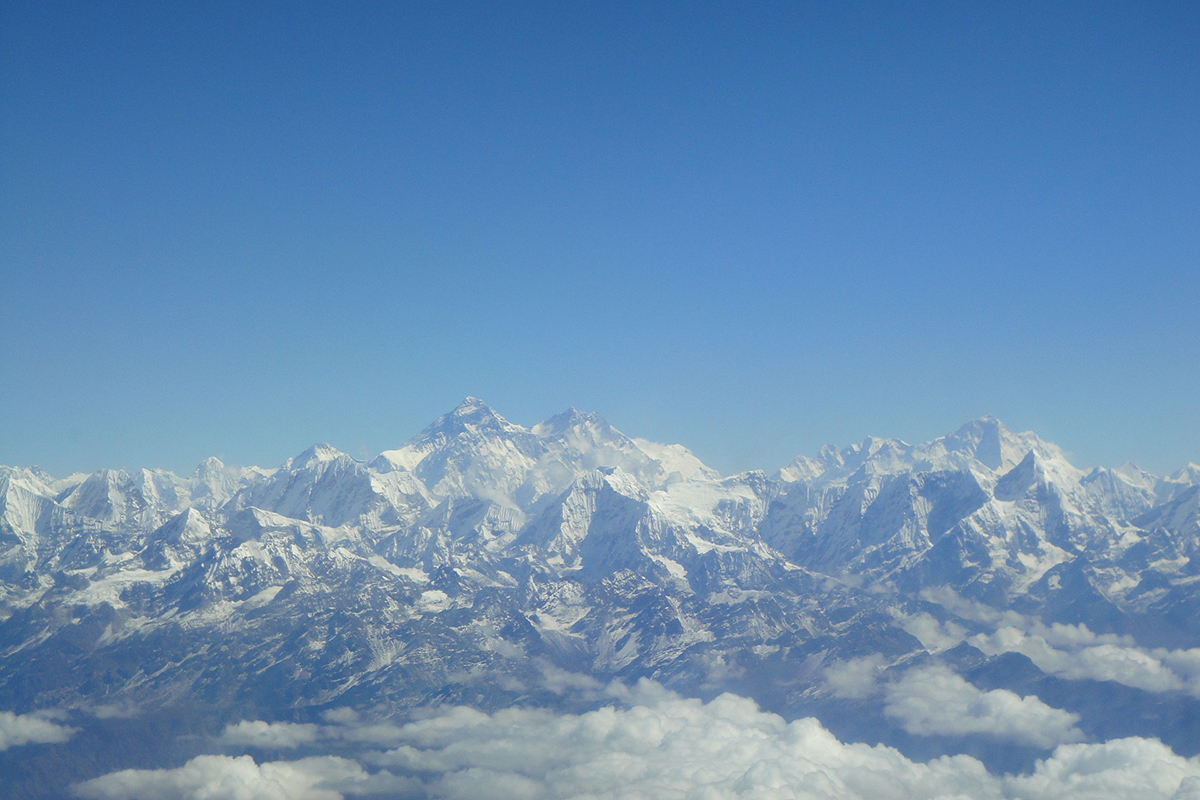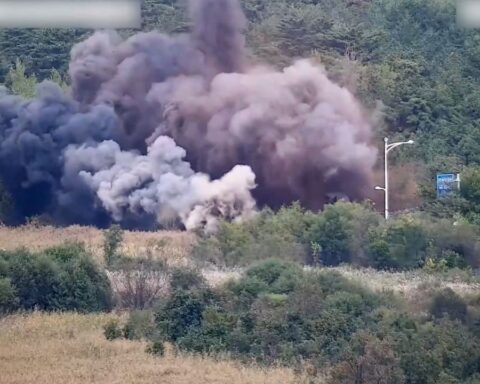In the face of the escalating climate crisis, the Himalayas, often called the Earth’s “Third Pole,” have presented a startling yet hopeful phenomenon. As glaciers in this majestic mountain range experience rapid melting due to global warming, a recent study published in *Nature Geoscience* on December 4 reveals an unexpected reaction: the generation of robust cold winds that may be slowing the effects of climate change. This discovery highlights the complexity of climatic interactions and raises crucial questions about the future of these vital ice masses.
The study, spearheaded by Francesca Pellicciotti, a professor of glaciology at the Institute of Science and Technology Austria, uncovers how warming temperatures induce a more significant temperature gap between the air above Himalayan glaciers and the cooler air in direct contact with the glaciers. “This leads to an increase in turbulent heat exchange at the glacier’s surface and stronger cooling of the surface air mass,” Pellicciotti elaborates. The result is the creation of cooling, dense air masses that flow down the slopes, bringing a cooling effect to lower glacier areas and nearby ecosystems.
However, the scenario could be more optimistic. Fanny Brun, a research scientist at the Institut des Géosciences de l’Environnement in Grenoble, France, points out the adverse impact of rising temperatures on glaciers, notably the intensification of ice losses. The phenomenon of the albedo effect, where dark, deglaciated landscapes absorb more energy, further exacerbates the situation.
Franco Salerno, a coauthor of the report from the National Research Council of Italy, notes a curious stability in overall temperature averages at the base of Mount Everest. This stability, however, masks a rise in minimum temperatures and a drop in maximum summer temperatures. Thomas Shaw, from the ISTA research group, acknowledges that despite these cooling winds, more is needed to counteract the broader impacts of climatic warming fully.
Pellicciotti’s team utilized data from the Pyramid International Laboratory/Observatory on Mount Everest, recording detailed meteorological data for nearly three decades. Their findings indicate increased katabatic winds’ intensity and duration, a natural phenomenon now amplified by rising air temperatures.
Nicolas Guyennon, another study coauthor, suggests that these winds might be a response of healthy glaciers to global warming, potentially helping to preserve the permafrost and surrounding vegetation. However, the long-term efficacy of this natural response remains uncertain.
This groundbreaking discovery in the Himalayas offers a glimmer of hope in our understanding of climate change dynamics. Yet, it also serves as a clarion call for more comprehensive research. As our planet grapples with unprecedented climatic shifts, understanding these complex natural responses becomes crucial in shaping our strategies to combat the global climate crisis. While showing resilience, the Himalayan glaciers also remind us of the pressing need for global action against the warming that threatens ecosystems and human lives.







